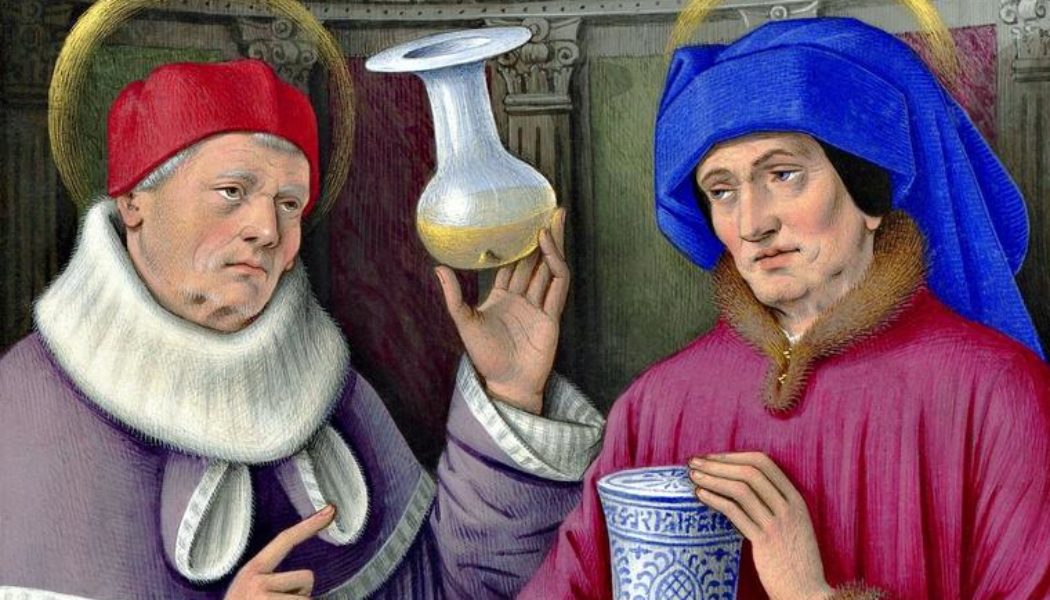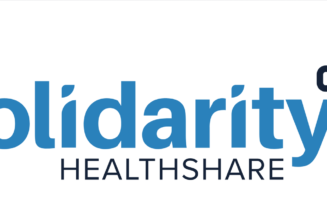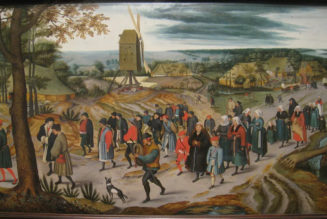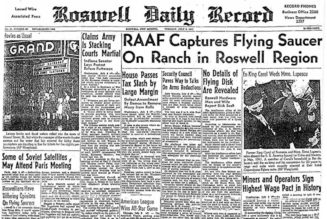
Now, more than ever, Catholic physicians and nurses need the patronage of Sts. Cosmas and Damian.
They’ve become an optional memorial in the current Roman Calendar, displaced from their traditional feast day on Sept. 27 because the Church decided that St. Vincent de Paul is more significant to Catholics of our times. But Sts. Cosmas and Damian are always mentioned in the First Eucharistic Prayer and, since the Roman Canon was the Eucharistic Prayer for centuries, the fact these two brothers are included every time it is prayed suggests we learn something about them.
They were doctors. They were born in Arabia. They seemed to have practiced their medical profession somewhere on the southern coast of Turkey. They were said to have taken no fee for their services, earning them the name anargyroi (“silverless”). They took as their mandate Jesus’ words when sending his Apostles out on mission: “Heal the sick, raise the dead, cleanse those who have leprosy, drive out demons. Freely you have received; give freely” (Matthew 10:8).
They must have lived around the year AD 300, because the one dated biographical fact we have about them is that they were martyred during the Diocletian Persecution, and that happened from 302-305. In 305, Diocletian abdicated and his namesake persecution ended in the West, though it continued in the East. (Diocletian shared power with co-regents in the East: Galerius and Maximian. The latter two were dedicated opponents of Christianity, and it’s said Galerius egged on Diocletian as a persecutor.)
The Diocletian Persecution was one of the most intense faced by early Christians. Tradition has it that Cosmas and Damian were arraigned before Lysias, a local prefect, who ordered them to renounce Christianity. They refused, despite multiple tortures (including crucifixion) before being beheaded. Three of their other brothers died with them.
The drama of the brothers’ death seems to have occurred in Cilicia, that corner of southeast Turkey where the Turkish Anatolian peninsula begins to curve down along the Mediterranean towards Syria and, further down, Lebanon. Cilicia was one of the easiest ways to reach Antioch in Syria, which is perhaps why often we read of Cosmas and Damian being martyred “in Syria.”
The cult of Cosmas and Damian spread rapidly after their martyrdom. If you’ve ever visited Rome, the Basilica of Sts. Cosmas and Damian is along the route to the Colosseum. It contains beautiful mosaics of the saints.
Our saints are depicted in art thanks to a miniature that appears in Les Grandes Heures de Anne de Bretagne, a 16th-century prayerbook of Anne of Brittany. In her day — the 1500s — Brittany (that western arm of France that juts into the Atlantic) was still a duchy independent of the French King, and Anne was its last independent ruler. She commissioned this book of prayers, whose many miniature paintings were produced by Jean Bourdichon, an artist who had already worked on a similar project for French King Louis XII.
The illustration shows the two brother-saints in clothing one source says was typical in the Middle Ages for depicting physicians (including the soft hat). They are also usually shown with instruments of their profession: in this case, one holds a urinal for specimens and the other a jar of ointment. (Anointing with oil was often an analgesic or curative medium to strengthen the patient. It is not accidental that the Sacrament of the Sick involves anointing, as do other sacraments involving empowerment, e.g., Confirmation or Holy Orders.)
The book containing the illustration is held by the National Library of France.
One source commented that Sts. Cosmas and Damian came to the attention of the Roman prefect because of their success and renown as physicians. That fact is highly relevant today. Both saints were tortured, then killed, for whom they believed in.
Today, many Catholic physicians and medical professionals face persecution for whom and what they believe in, too. It may not be personally lethal but, in many cases, it borders on the professionally lethal. Doctors and other healthcare personnel who will not go along with the culture of death are increasingly under pressure.
Some professional groups want to require, for example, that all specialists in obstetrics and gynecology participate in abortions. In Ontario, doctors who will not engage in killing their patients (medical assistance in dying or “MAID”) are required by their professional association to refer patients to those who will. Pharmacists are under increased pressure to fill prescriptions for abortifacients, a pressure that grows now that independent pharmacies are ever rarer and the industry is dominated by chain companies. Nurses have been dragooned, federal conscience protections notwithstanding, into participating in abortions. And no small number of “professional ethicists” will say out loud: “If you are going to put your conscience over your patient’s wants, you don’t belong in medicine.”
Medical professionals increasingly are turned from professionals exercising conscientious specialist judgment into wish fulfillment providers. And this mentality especially comes down on practicing Catholics in the healthcare professions. Now, more than ever, the Catholic doctor today needs the patronage of Sts. Cosmas and Damian.
(For more information on Sts. Cosmas and Damian, see here, here, here, and here).








